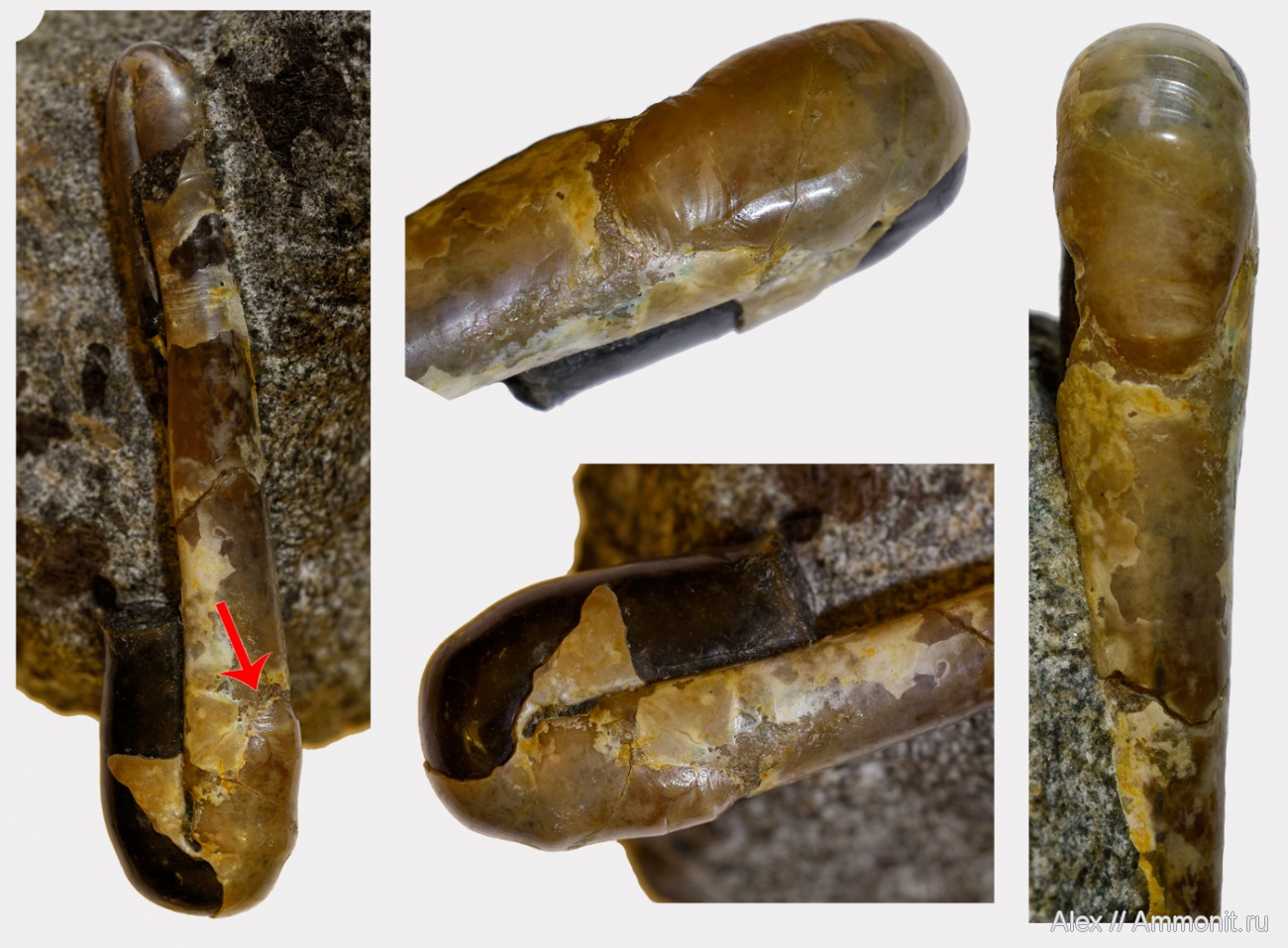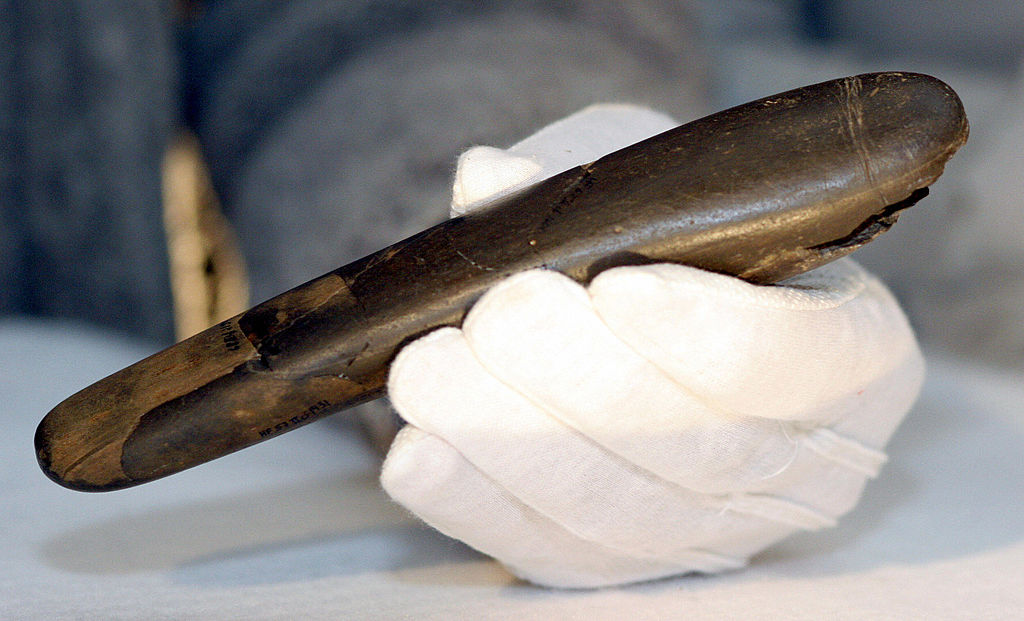A 28,000 years old; Stone Phallus, discovered in Germany :
Researchers announced in 2005 that a sculpted and polished phallus which had been found in a German cave was amongst the earliest representations of male sexuality ever uncovered.

The 20cm long, 3cm wide stone object, which was dated to around 28,000 years old, was buried in the famous Hohle Fels Cave near Ulm in Germany’s Swabian Jura region. The prehistoric ‘tool’ was reassembled from 14 fragments of siltstone. Its life size suggested that it may well have been used as a sex aid by its makers, people of Gravettian culture.
Phallus dates back to when Homo sapiens were walking around in Europe. Although it’s impossible to carbon-date stone, scientists believe it’s 28,000 years old because of other items found in same layer of sediment at Hohle Fels. Scientists don’t know how smooth, rounded object was used in Paleolithic times, used to sharpen flints. Stone has marks along it, according to Floss, who believes that its use as a tool doesn’t rule out other purposes. It shows that these people had a private life with friends and family and more importantly they had an aesthetic appreciation.

Leading the research was Professor Nicholas Conard, from the department of Early Prehistory and Quaternary Ecology at Tübingen University in Germany.
‘In addition to being a symbolic representation of male genitalia,’ he explained, ‘it was also at times used for knapping flints. There are some areas where it has some very typical scars from that.’
Researchers believed that object’s distinctive form and etched rings around one end meant that there could be little doubt as to its symbolic nature. It was highly polished and clearly recognisable. Tübingen team working Hohle Fels already had thirteen fractured parts of the phallus in storage, but it was only with the discovery of a 14th fragment in 2004 that team was able finally to put ‘jigsaw’ together.
Different stone sections were all recovered from a well-dated ash layer in cave complex which is associated with activities of modern humans. Dig site turned into one of the most remarkable in Central Europe. Hohle Fels stands more than 500m above sea level in Ach River Valley and has produced thousands of items from Upper Palaeolithic. There are other stone objects known to science which are obviously phallic symbols and are slightly older, from France and Morocco which are also of particular note. But to have any representation of male genitalia from this time period is highly unusual.
“Female representations with clear sexual attributes are very well-documented during this period, but male representations are very rare,” said Nicholas Conard, Tubingen team director, describing elongated polished item with round incisions at top.
Female bodies and items depicting female genitalia were quite common and often these artful objects also had a utilitarian purpose during middle upper Paleolithic period. Conard hopes that his team will find additional evidence to shed more light on human sexuality at time. Regardless, creativity has been a characteristic of humankind since its earliest days, from cave wall paintings in south of France to ivory figurines of water fowls and horses found in sites dating back 35,000 years ago.
Current evidence indicated that Swabian Jura of south-western Germany was one of central regions of cultural innovation after arrival of modern humans in Europe some 40,000 years ago. Swabian Jura is made up of strata from Lower, Middle and Upper Jurassic periods, created between 190-130 million years ago at bed of Jurassic Sea and later elevated. It was home to Gravettian culture, an Upper Palaeolithic human culture which was largely located across Europe.
New radiocarbon dates from site of Vogelherd in Swabian Jura were indicating that earliest Aurignacian occupation of region by modern humans spans period from around 40,000-31,000 years ago before being superseded by Gravettian.
#archaeohistories






